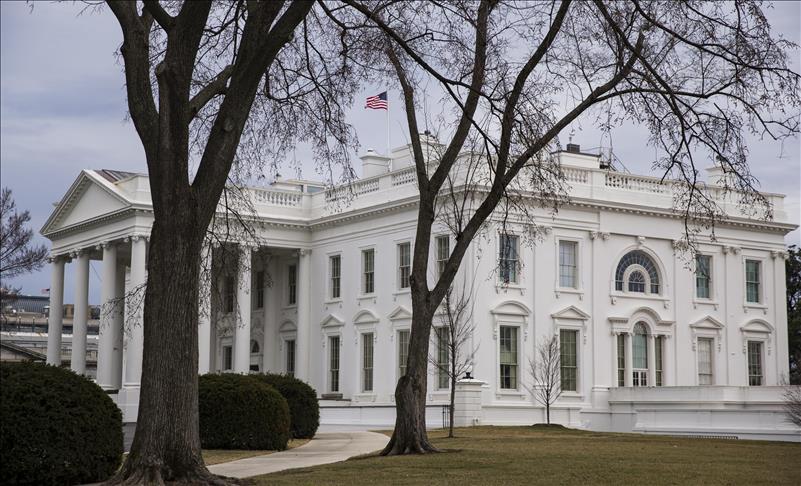The U.S. is expected to become a major energy supplier for China with the phase-one trade deal signed by the two countries, however, there are some hurdles for Beijing to overcome, an expert told Anadolu Agency on Sunday.
Before the trade war started between the world's two largest economies, China imported $9.1 billion worth of energy goods from the U.S. in 2017, Umit Alperen, a visiting scholar at Beijing University said. Now under the deal signed on Jan. 15 in the White House, this amount needs to increase by a total of $52.4 billion in 2020 and 2021.
Of this total amount, China will buy $18.5 billion worth of energy products from the U.S. this year and has committed another $33.9 billion for next year.
However, Alperen said that given the projected decline in Chinese energy demand increase, “it does not look very plausible that China can absorb so much extra energy.'
The rise in Chinese energy demand was 5.2% in 2019, but this is set to decrease to 2.4% in 2020, he said.
'Currently, China imports crude oil from 45 different countries. More than half of this comes from Russia, Saudi Arabia, Angola, Iraq and Oman,' he added.
- Diversifying suppliers
Kevjn Lim, a doctoral researcher in political science, government and international affairs at Tel Aviv University, said if China buys more U.S. hydrocarbons, it could come at the expense of some of China's other clients, especially from the Middle East.
As these countries would be OPEC oil-producing countries, Lim said it would also benefit China to diversify its list of energy suppliers.
'China has a strong interest in expanding its circle of suppliers to prevent supply disruptions and over-dependence on any one group of suppliers in time of conflict,' Lim said.
Therefore, buying energy from Russia, Iran, Saudi Arabia, Iraq and from elsewhere outside the Middle East would help China achieve this goal. However, this could hurt Chinese companies importing energy.
'Beijing would need to renegotiate or cancel its standing long-term energy contracts with other suppliers, which would come at a penalty for Chinese importers,' Lim said.
- Issues with Iran
Due to U.S. sanctions on Tehran, Iran is very much limited in its oil exports, nonetheless, it sells some to China.
According to Alperen, the phase-one trade deal could put a stop to these purchases from Tehran.
'The easiest way to meet the $52.4 billion of U.S. energy purchases for China is to decrease buying oil from Iran which is already under heavy sanctions,' Alperen said.
If the U.S. convinces China to replace the 200,000 barrels per day (bpd) of Iranian oil purchases, this could amount to $8.5 billion through 2021, according to Lim.
- Energy tariffs to continue
In spite of the phase-one trade deal, China's tariffs on U.S. energy imports have not yet been lifted, a situation that could create problems for Beijing in meeting the $52.4 billion worth of U.S. energy purchases.
Wood Mackenzie Asia-Pacific Vice Chair Gavin Thompson considers that this will be a problem for China in its ability to massively increase imports of oil and LNG from the U.S. while tariffs remain in place.
'Neither the 5% tariff on U.S. crude oil, nor the 25% tariff on U.S. liquefied natural gas (LNG) is to be reduced or removed by China under the phase-one deal,' Thompson said in a note.
He said he expects that Chinese national oil companies will be reluctant to commit to large-scale purchases given that China's LNG imports from the U.S. were around 1.5 million tonnes in 2017, while China's LNG demand is estimated to be 17 million tonnes in 2020 and 23 million tonnes in 2021.
By Ovunc Kutlu, Gokce Topbas
Anadolu Agency
energy@aa.com.tr


